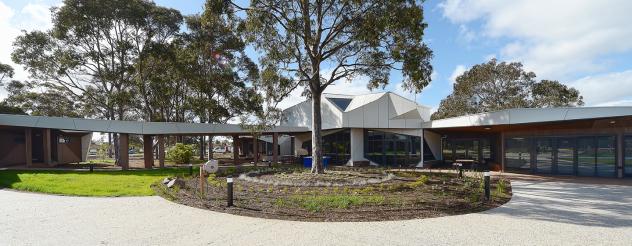
- Home
- News and events
- How we're supporting Victorians on their recovery journey
How we're supporting Victorians on their recovery journey
Each year, Victoria's alcohol and drug treatment and support system helps around 40,000 Victorians who are struggling with dependence on alcohol or other drugs.
Residential alcohol and other drug rehabilitation facilities provide a safe and supportive environment to Victorians recovering from alcohol and drug issues. They’re based within the community, close to other community health services that support recovery.
Residential rehabilitation aims to create lasting change – with research-driven treatment approaches supporting those in recovery to reintegrate into community living.
The need for residential rehabilitation services
More Victorians now lose their lives because of drug overdoses than on our roads. Overdose deaths where methamphetamine (ice) was a contributing drug have risen by 60 per cent from 2015 to 2016. The use of methamphetamine is also associated with drug-induced psychosis, violence and aggression.
Many regional communities have felt this devastation more acutely – particularly when it comes to methamphetamine use. That's why we're delivering three new regional alcohol and other drug residential rehabilitation facilities in Corio, Traralgon and Wangaratta.
We've partnered with Gateway Health and Odyssey House Victoria to deliver the new service in Wangaratta, and Windana to deliver the new service in Corio. Both facilities will have 30-beds to support adults in their recovery.
In Traralgon, we've partnered with Uniting Vic.Tas to deliver a 20-bed facility purpose-built for people between the ages of 16 and 21. The facility will support young people to reintegrate back into the community and access educational and vocational training and employment skills – a vital component of making positive and long-lasting change possible.
The new facilities are part of the of the $52.1 million Regional Alcohol and Other Drug (AOD) Residential Rehabilitation Stage 2 and 3 projects funded through the 2017-18 and 2018-19 State Budget.
The facilities also form part of the Victorian Government’s implementation of wide-ranging reforms across the alcohol and drug sector, including more than $180 million as part of the Ice Action Plan and $87 million through the Drug Rehabilitation Plan.
These important facilities are expected to be open by the end of this year, supporting an additional 900 Victorians each year in their recovery.
What is a residential rehabilitation facility?
Alcohol and other drug residential rehabilitation facilities provide 24-hour specialised treatment and support to people who have already started their recovery journey. This means all residents have gone through detox and are no longer using alcohol or other drugs.
Robert Slade is a is Family Reunification Clinician (Counsellor) at Uniting Vic.Tas – our partner in delivering the 20-bed youth rehabilitation facility in Traralgon.
‘When clients come to these facilities, they are in a mental space to learn and implement long-term strategies to support their recovery. Residential-based care is intensive and effective – we know that the more people are engaged and the more support they receive, the greater likelihood that they’ll have a successful outcome,’ says Robert.
Residential rehabilitation treatment is usually offered to people who have not had success with other types of drug or alcohol programs. They give people an opportunity to work on their recovery by establishing new patterns of behaviour in a safe and therapeutic environment, separate from their everyday life. As Uniting Vic.Tas CEO Bronwyn Pike explains, this can be vital for recovery.
'Often drug and alcohol use is associated with certain events you go to or people you spend time with. For some people, their home environments can be very stressful, or intimate relationships can be part of the problem. So residential treatment can be a great opportunity to recover away from those triggers.'
Bronwyn Pike, CEO Uniting Vic.Tas
Habib is a former residential rehabilitation client and is now a peer support worker at Windana – our partner in delivering the 30-bed facility in Corio. For Habib, residential rehabilitation was the right choice for him after a long struggle with problematic drug use. He recognised he needed intensive treatment to support his recovery, applied for a drug treatment plan offered through the courts and was accepted.
'I started using drugs recreationally when I was quite young. By the end of my using, I was in a cycle of incarceration, getting out and using again, and then going back to jail. I had lost all hope for my life. I didn’t realise there was a way out, but then I found out support was available'
Habib
Knowing about what support is available, and how to access it, is vital. Blair, a former residential rehabilitation client, accessed treatment at 17 years old, after struggling with alcohol and drug use.
'Many times, I could see my life going down a darker and darker path. My mental health was deteriorating very badly, which resulted in a few hospitals stays. I was losing everything around me – my family, friends, possessions and mostly myself. I simply wanted anything better than what I was living.'
Blair
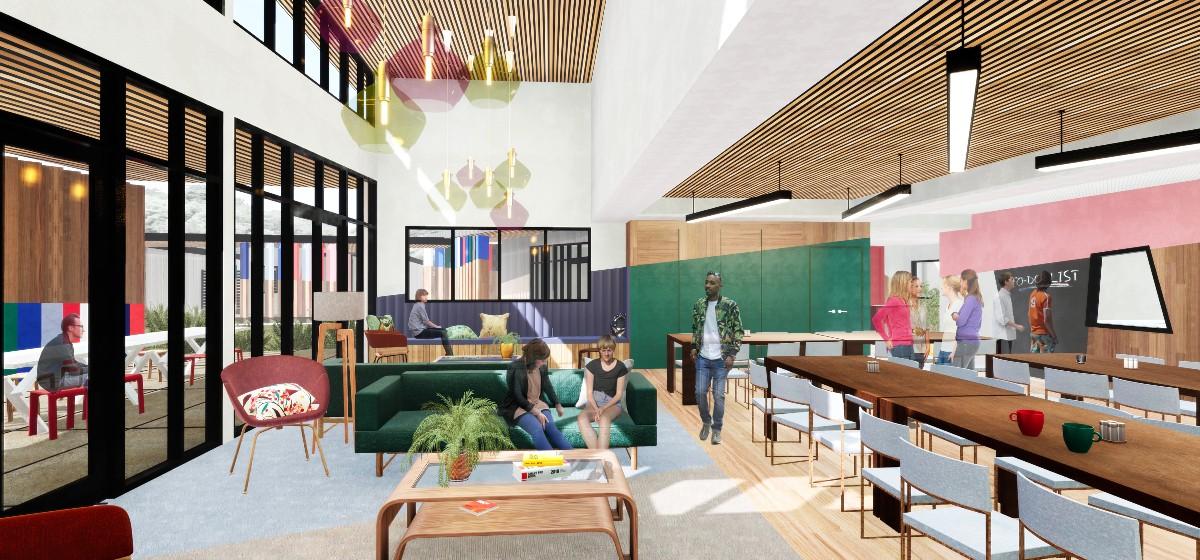
Artist's impression of a communal area inside the residential rehabilitation service for young people in Traralgon
What does a typical stay look like?
Residential rehabilitation programs are typically for three to four months but are dependent on the needs of the person. Some stays can be 12 months or longer.
A stay at a residential rehabilitation facility is very structured and organised. This helps minimise stress and uncertainty for clients.
There is also a strong emphasis on peer support, as Anne-Maree Kaser, the CEO of Windana, explains.
'We place a great deal of value on the lived experience. A number of staff at Windana will have had a positive experience of treatment and be well established in their recovery. Their insights and their support are invaluable – and they often facilitate group sessions for people going through treatment.'
Anne Maree Kaser, CEO Windana
Habib spent 14 months in residential rehabilitation, working on long-term strategies for his recovery.
‘I would have breakfast at 6am and then go into sessions all day until about 8pm. I would also get an individual treatment plan – but it was mainly peer-led group activities. It was intense – the program was designed to bring out my unhelpful behaviours, thinking patterns and actions so I could work on them,’ he says.
Treatment emphasises self-work and learning healthy coping strategies to support long-term recovery. For Blair, her time in residential rehabilitation also helped build a greater understanding of her own identity.
'They were there to give me the tools, never to do the job for me. We worked on my individual recovery program and how I could achieve that. Being a young transgendered woman, a big part of my recovery was also my transition. My legal name change was a huge part of my identity, and the service helped me through that process.'
Blair
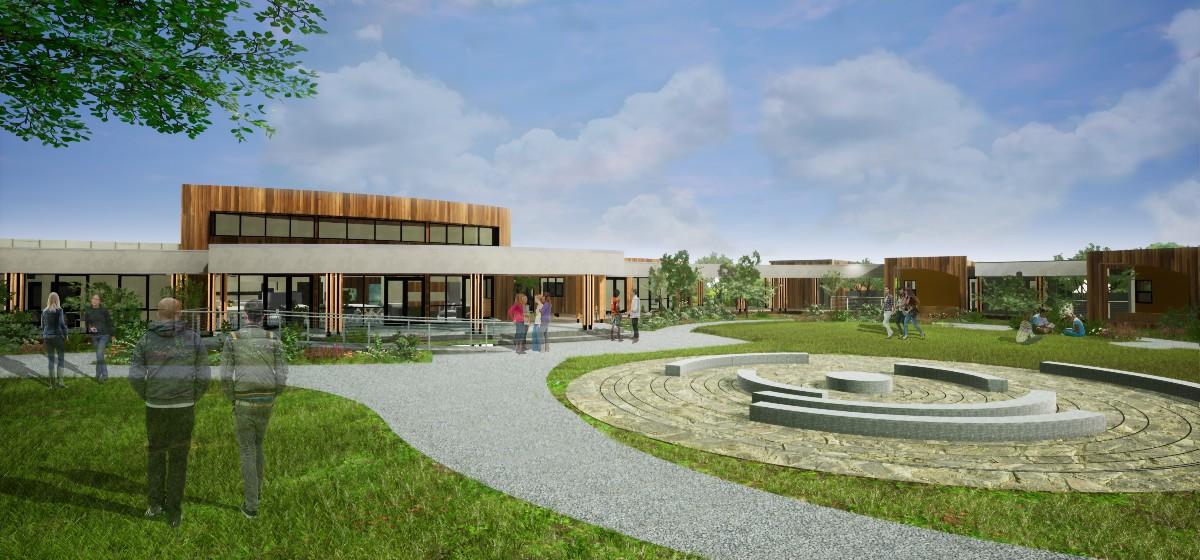
Artist's impression of the landscaped courtyard of the residential rehabilitation service in Wangaratta.
What happens after your stay?
Ongoing support after a residential rehabilitation stay is vital for long-term recovery.
‘Aftercare is crucial – we want to set people up for success, so it’s important we support them after they’ve completed their recovery program,’ says Anne-Maree Kaser, Windana CEO.
Support includes official programs, like peer support meetings, counselling, housing and training. Informal networks also provide ongoing support, building upon the relationships made during treatment.
'It’s up to me how close and connected I want to stay. I’m studying social work at university, and when I’ve been struggling, staff who have done social work degrees have helped me with my studies. I can pop in and say hi or pick up the phone – the support is always there.'
Habib
At the youth facility in Traralgon, young people will have access to educational and vocational training, as well as programs to build employment skills.
‘We provide support so young people can transition to a different life after a residential stay – which includes employment services, education and training. You need to invest in people to give them the best chance at success – which is why tailored ongoing programs are so important,’ says Bronwyn Pike, Uniting Vic.Tas CEO.
About the three new regional facilities
The new facilities in Corio, Traralgon and Wangaratta have been designed to provide a safe and therapeutic environment to promote healing and recovery.
‘I can’t overstate the impact that the building design has on our model of care. From the openness and warmth of the surroundings, to the comfort and security the design creates – it provides an uplifting environment designed to be therapeutic,’ says Anne-Maree Kaser, Windana CEO.
At all three facilities, people with lived experience have helped shape the project. Service users and peer support workers have contributed to both the design of the new buildings, and the way programs are designed and delivered.
Blair has been part of the planning workshops for the new youth facility in Traralgon – where she has been able to share her personal experiences and insights.
'From the buildings to things like a skatepark and basketball court – I’ve been absolutely amazed by the designs for the new facility. There is also an understanding about gender diversity and acceptance. As a transgender woman, I have faced barriers and struggles with accessing an accepting rehab or detox service – and the new facility shows we have come a long way.'
Blair
For Habib and Blair, residential rehabilitation facilities gave them access to the treatment and support they needed in their recovery.
Once operational, the three new facilities in Corio, Traralgon and Wangaratta will provide the same support to 900 more Victorians each year.
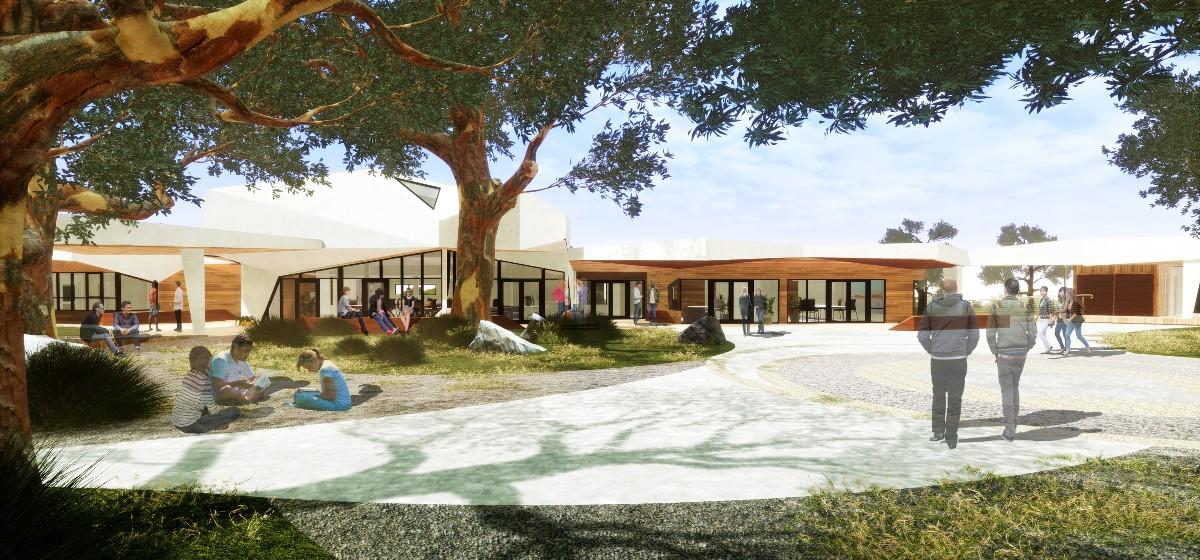
Artist's impression of the exterior and landscaped courtyard of the residential rehabilitation service in Corio
Subscribe and stay up to date
Learn more the Regional alcohol and other drug residential rehabilitation services - Stage 2 and 3 via our dedicated project page.
Stay up to date on all our announcements and upcoming projects by signing up to our e-newsletter, VHBA In Brief.
Related content

21 April 2022
Regional alcohol and drug residential rehabilitation services - Stage 2 and...
The Victorian Government invested more than $52.1 million in the Regional alcohol and drug residential rehabilitation services - Stage 2 and 3.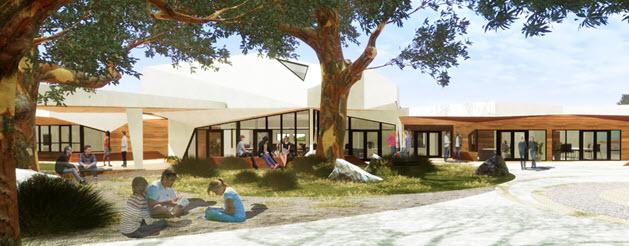
22 January 2021
New designs unveiled for regional alcohol and drug residential rehabilitati...
The Victorian Government is investing $52.1 million to build new regional alcohol and drug residential rehabilitation facilities in Corio, Traralgon and Wangaratta.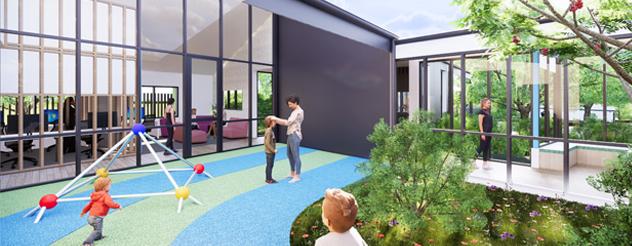
10 February 2020
More support for women's mental health on the way
A site has been selected for a new Women’s Prevention and Recovery Care (PARC) centre in Melbourne’s west.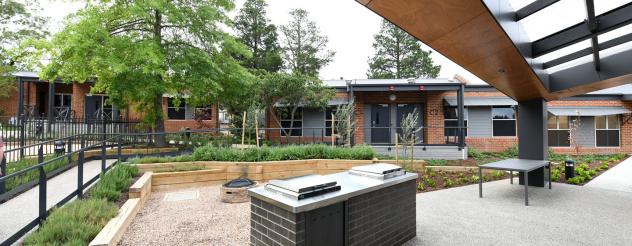
29 October 2024
Mental Health and Alcohol and Other Drugs Facilities Renewal Fund
The fund helps Victorian public mental health and alcohol and other drugs services provide safe and efficient care to local communities.
25 February 2025



